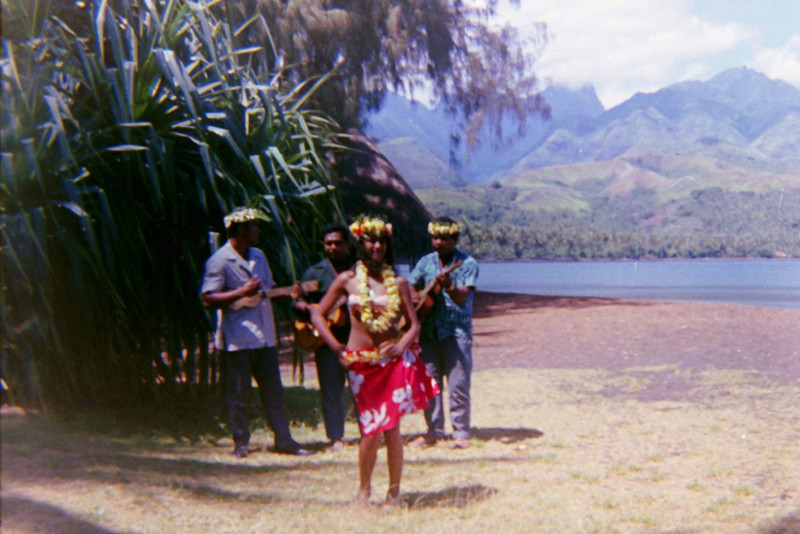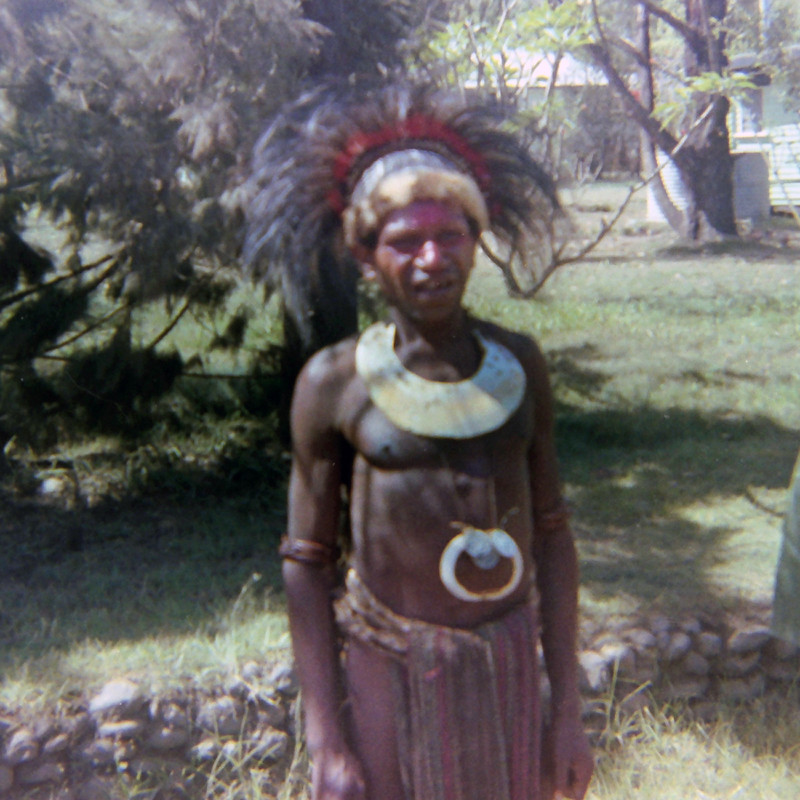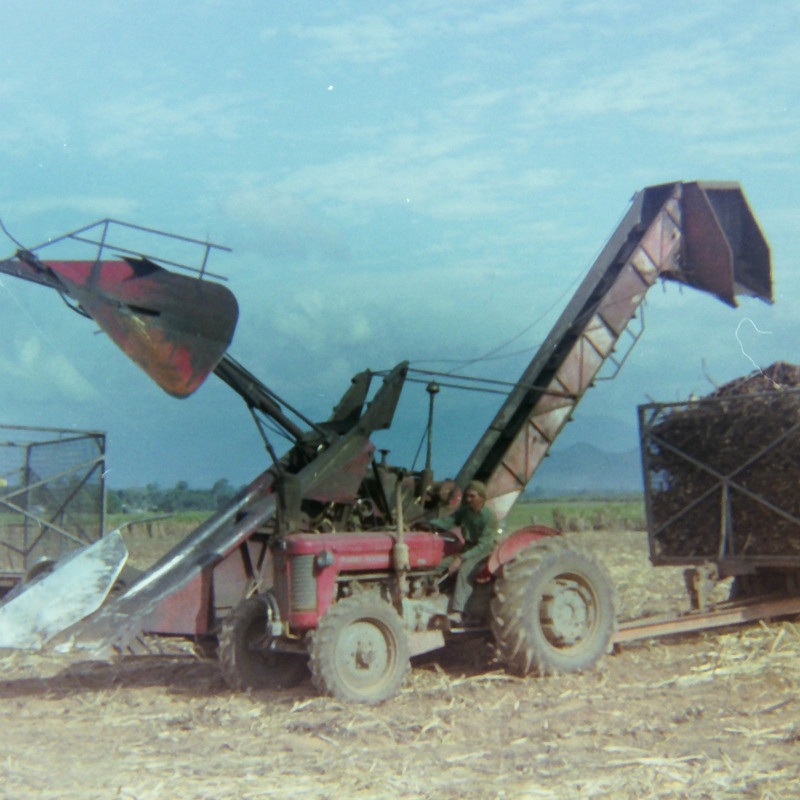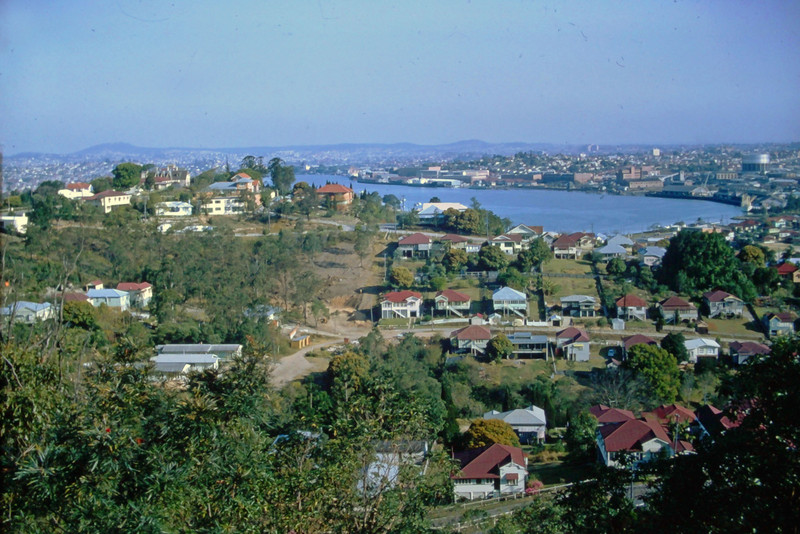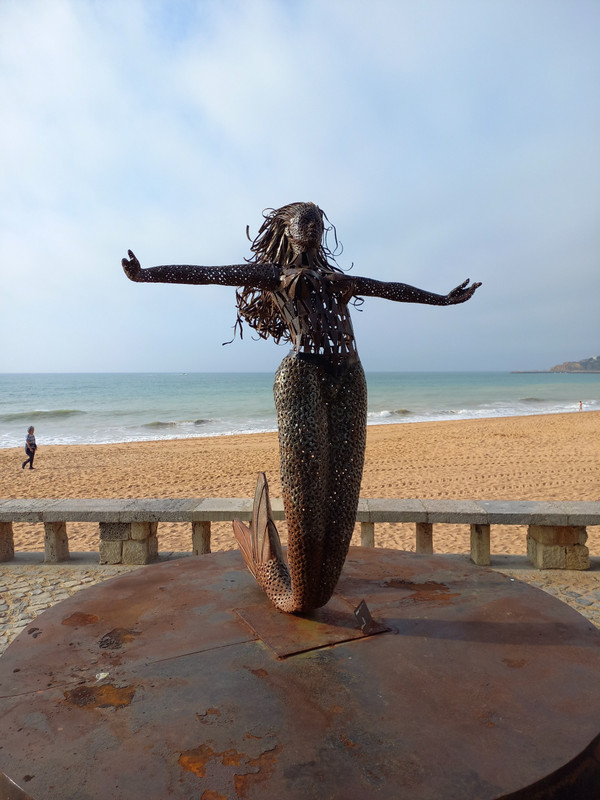We arrived at Tahiti from Fiji, via the French airline UTA. Our hotel on the beach was a series of separate structures modeled to resemble huts. Each one had a conical roof. Sightseeing around the island included the Tomb of King Pomare V, Venus Point, where Captain Cook landed in 1769, and a Tahitian Marare. A Marareis a ceremonial or sacred space. The marae consisted of a rectangular yard of basalt rocks and coral slabs with an altar (ahu) of vertical stones inside. We made an interesting stop at a church where the artwork depicted Biblical figures as Polynesians. There was also time to walk around Papeete, a tropical town with a very French flavor.
On a side trip we flew over to Bora Bora, about 162 miles (260 km) from Tahiti, on an RAI Bora Bora is surrounded by a barrier reef and lagoon. On Bora Bora we went out sailing on a catamaran. The sun was bright, the air fresh and and water clear and blue. However, I came away with a very bad sunburn. (The long lasting effects of it have manifested in recent years.)
Tomb of King Pomare V, Arue, Tahiti. Pomare V was the last King of Tahiti. He reigned from 1877 to 1880, abdicated, and ceded control to France. The tomb, made of coral and volcanic rock, was constructed in 1879 for Queen Pomare IV. But, her son moved out her remains so the tomb would be his. Is the top piece meant to be a Grecian urn or a Benedictine bottle? Mariposa026
Tahitian style luau. Pork, taro and breadfruit were served. Of, course, there was also a Tahitian dance program. Tahitian music and Ori Tahiti dance is a much more energetic affair than the gentle swaying of the Hawaiian hula dance. I do like the way each South Pacific culture developed its own dance style, like the Faataupati (slapping dance) of Samoa and the New Zealand Haka (where the the men stick out their tongues in defiance).
Pan American took us back to Los Angeles and the end of our South Pacific adventure. Our arrival on a Monday was also the first day of school for me.
